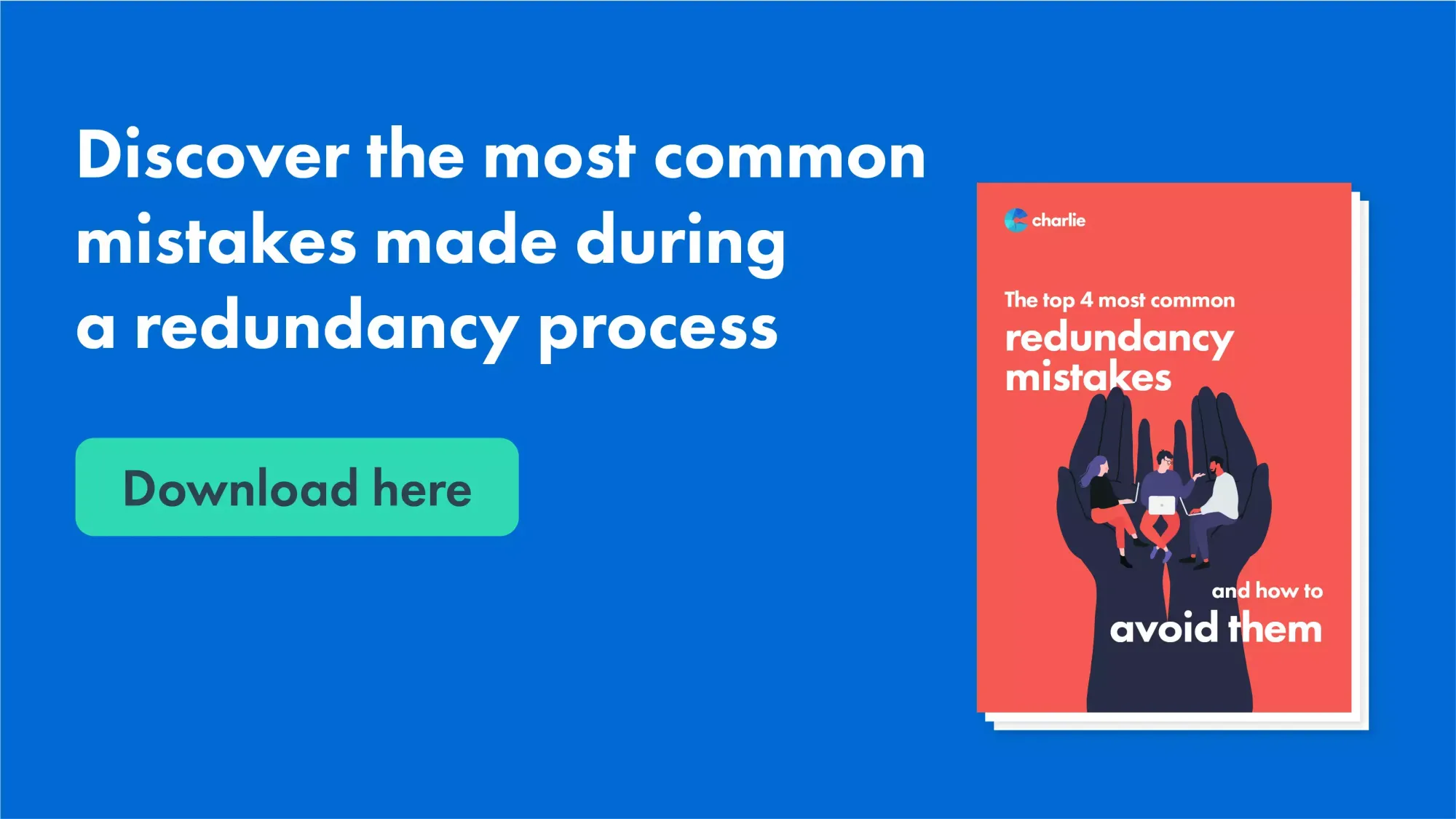Small Business Closing Employee Rights UK: What You Need to Know About Redundancy
Small Business Closing Employee Rights UK: What You Need to Know About Redundancy
Blog Article
Checking Out the Operational Dynamics of Firm Redundancy and Its Long-Term Sustainability

Redundancy Methods for Company Connection
In order to make certain continuous procedures, organizations should execute reliable redundancy strategies for service connection. Redundancy in this context refers to the replication of crucial elements or features within a system to minimize the effect of possible failures. By incorporating redundancy methods, companies can improve their resilience against interruptions triggered by different aspects such as natural calamities, tools failures, or cyber-attacks.
One usual redundancy technique is the application of back-up systems and information storage space solutions. This entails creating duplicates of necessary information and systems that can be triggered in situation of a main system failure. Furthermore, organizations can establish repetitive interaction channels and power resources to keep connectivity and operations during unpredicted events.
Moreover, cross-training staff members to execute several duties within the business can act as a beneficial redundancy technique. This makes certain that vital tasks can still be performed even if key employees are inaccessible because of illness or various other factors. Overall, efficient redundancy methods are vital for companies to copyright operational continuity and minimize the influence of prospective disruptions.
Influence of Redundancy on Business Durability
Offered the crucial function redundancy approaches play in ensuring service continuity, checking out the influence of redundancy on business resilience becomes vital for comprehending the alternative functional characteristics of a business. Redundancy, when strategically implemented, can substantially add to boosting an organization's strength in the face of unanticipated obstacles.
Furthermore, redundancy can foster innovation and creativity within an organization as staff members really feel equipped to take computed risks, knowing that there is a safety and security web to support them in case of failure. In general, the impact of redundancy on business resilience is extensive, forming the lasting sustainability and success of a business.
Stabilizing Effectiveness and Flexibility in Redundancy
Accomplishing a harmonious stability between functional performance and flexible versatility is a pivotal obstacle in the tactical deployment of redundancy within organizations. Reliable operations are essential for preserving productivity and cost-effectiveness, guaranteeing that sources are used ideally. However, excessive focus on effectiveness alone can lead to rigidness, making it difficult for companies to adapt to unpredicted changes or obstacles. On the other hand, flexibility permits companies to respond nimbly to evolving situations, cultivating technology and strength. Yet, way too much adaptability without a solid functional foundation can lead to inadequacies and disparity.
To balance efficiency and versatility in redundancy preparation, companies have to carefully assess their operational requirements, market characteristics, and critical objectives. Implementing lean techniques can enhance effectiveness by enhancing processes and getting rid of waste, while promoting a culture of versatility and constant enhancement can improve versatility. Furthermore, investing in cross-training programs and durable interaction networks can assist cultivate a versatile workforce efficient in managing varied tasks during periods of shift. Eventually, finding the right equilibrium in between effectiveness and adaptability is critical for developing a lasting and resistant company in the face of unpredictability.
Long-Term Sustainability With Redundancy Planning
To guarantee long-lasting stability and this post stability, organizations should tactically align their redundancy preparation with lasting sustainability objectives, consequently harmonizing functional efficiency with flexible versatility. Firms need to watch redundancy not as a responsive service to prompt issues but as a positive method for long-lasting success.

Proactive Procedures for Sustainable Firm Operations
Exactly how can firms proactively improve their operational sustainability for long-lasting success? Implementing aggressive procedures is vital for firms aiming to ensure sustainable operations. One key method is to spend in innovation and innovation to simplify procedures, decrease waste, and stay competitive in the marketplace. Embracing lasting practices such as minimizing power consumption, decreasing carbon impact, and optimizing resource usage can not just benefit the setting yet likewise lead to set you back savings in the future.
Moreover, cultivating a culture of continual enhancement and learning within the company can improve adaptability to transforming market conditions and customer needs. Encouraging employee participation in decision-making processes and supplying chances for specialist growth can increase spirits, efficiency, and total efficiency. Developing clear objectives, checking key performance signs, and consistently reviewing progression are essential components of proactive sustainability management.
Working together with distributors, customers, and various other stakeholders to promote lasting methods throughout the supply chain can create a causal sequence of favorable impact - redundancy pay if company goes bust. By taking positive steps towards operational sustainability, companies can build resilience, drive development, and safeguard their long-term success in an ever-evolving organization landscape
Final Thought

In the world of business monitoring, the strategic deployment of business redundancy stands as a critical yet complex technique that demands a fragile equilibrium in between operational efficiency and long-term feasibility. By studying the operational dynamics that underpin business redundancy and examining its more comprehensive ramifications for organizational strength and flexibility, a nuanced understanding of how redundancy approaches can shape the future trajectory of a company begins to unfold.Given the vital role redundancy methods play in ensuring service continuity, checking out the impact of redundancy on organizational durability comes to be essential for understanding the alternative functional characteristics of a firm. In general, the influence of redundancy on business durability is extensive, shaping the lasting sustainability and success of a business.
In final thought, understanding the functional characteristics of company redundancy is critical for making sure lasting sustainability.
Report this page